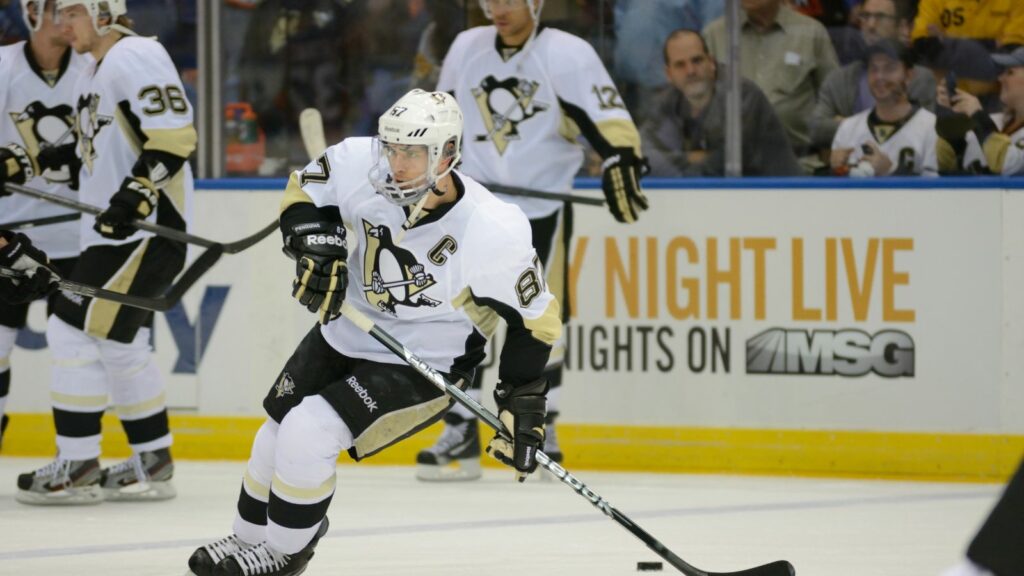Across Canada, some of the sport’s most defining moments didn’t come from major arenas or marquee franchises, but from places where the boards creaked, the heaters barely worked, and the crowd stood three rows deep. Small rinks have long shaped players with discipline, humility, and a style of hockey rooted in effort over spectacle. These 21 moments show how hockey glory came from the smallest rinks.
Sidney Crosby’s Shot Refinement at Cole Harbour’s Community Rink

Before becoming one of the most complete players in NHL history, Sidney Crosby spent hours after practice in the modest rink at Cole Harbour, working on release angles and puck control long after teammates had left. The rink wasn’t glamorous — the boards rattled; the lighting wasn’t perfect — but the environment demanded discipline. Coaches recall how he created drills from nothing, using limited space to sharpen instincts. Those quiet sessions built his trademark precision and patience, skills that later defined late-game moments on the world stage.
Hayley Wickenheiser’s Early Dominance in Shaunavon’s Old Arena

Long before she became a global pioneer in women’s hockey, Hayley Wickenheiser learned to compete inside Shaunavon’s small, chilly rink. Ice time was limited, so she squeezed every bit of value from each session, playing against older, stronger boys and learning to protect the puck in tight spaces. Coaches say the rink’s confined environment forced her to think quickly and develop physical resilience. Those early sessions created her relentless style — strong edges, decisive plays, and an engine that rarely quit.
Carey Price’s Goaltending Roots in Anahim Lake

Carey Price’s calm, technical goaltending style traces back to the small rink in Anahim Lake, where ice time was scarce and informal. Without professional coaching or advanced training tools, Price relied on repetition, observation, and intuition. The rink’s uneven boards and unpredictable bounces taught him to track the puck with unusual steadiness. Everything came down to reading play, not relying on equipment or structured drills. Those early conditions shaped the quiet control that later defined his NHL career.
Nathan MacKinnon’s Acceleration Training in Cole Harbour’s Low-Ceiling Rink

Nathan MacKinnon’s speed didn’t begin on professional training tracks but in the same low-ceiling Cole Harbour rink where countless kids practiced. The ice surface wasn’t full-size, and that limitation shaped his explosiveness. Short bursts, quick stops, and tight turns were the only way to survive fast-paced scrimmages. Coaches recall how he turned those constraints into an advantage by mastering transitions in confined areas. His explosive skating — now considered one of the most powerful in the sport — grew out of the necessity to adapt to tight, pressure-heavy space.
Marie-Philip Poulin’s Competitive Edge in Beauceville’s Compact Arena

Marie-Philip Poulin’s defining trait — delivering under pressure — began in Beauceville’s small rink where she played against boys’ teams and fought for every inch of open ice. The environment demanded awareness and immediate decision-making. Tight corners shaped her edgework, and limited space forced her to perfect timing rather than rely on open-ice speed. Those habits later surfaced in Olympic gold-medal moments, where split-second choices determined outcomes.
The Subban Brothers’ Creativity in Toronto’s Duffield Rink
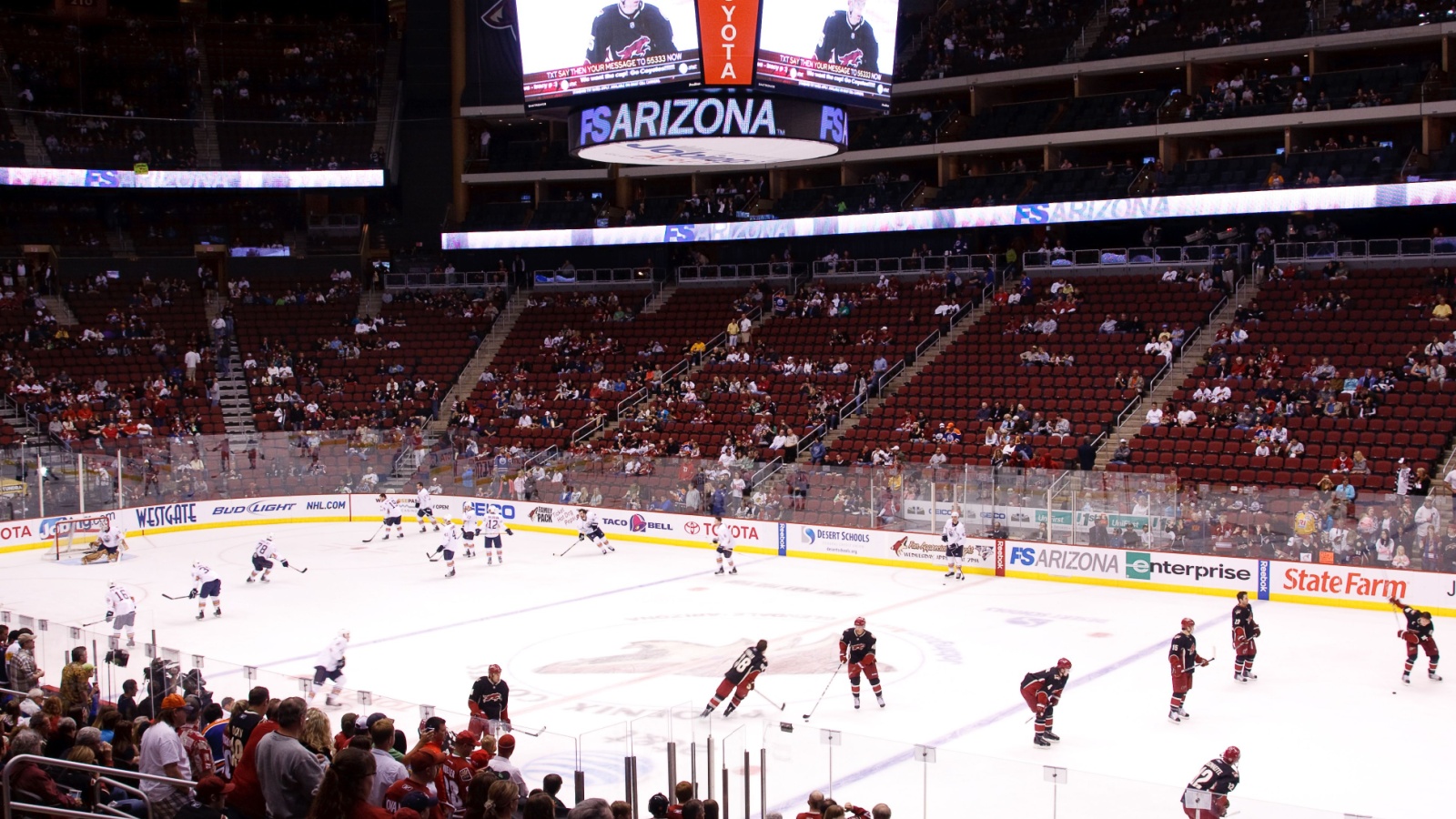
PK, Malcolm, and Jordan Subban spent countless hours at Duffield Rink — a small community facility where ice time was packed, noise echoed off the concrete, and kids of every age shared sessions. The chaos demanded creativity. PK developed his puck-carrying confidence weaving between players in shared drills, while Malcolm refined his reflexes facing unpredictable shots. Jordan sharpened playmaking instincts in tight scrimmages. Duffield’s cramped ice taught improvisation, quick reads, and confidence under pressure.
Shea Weber’s Shot Power Started in Sicamous’ Small Barn
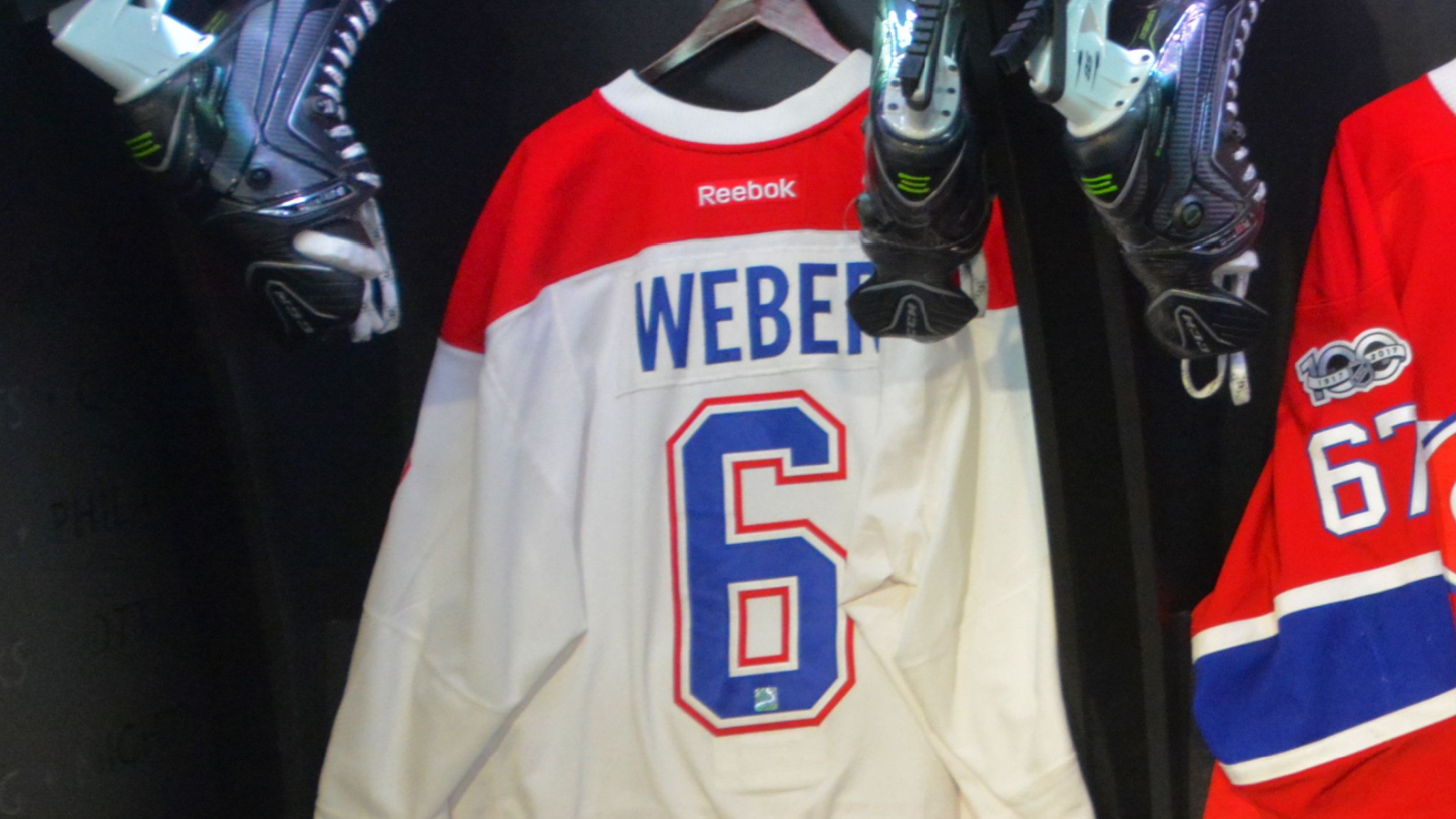
Shea Weber’s reputation as one of the hardest shooters in hockey began in a rink that barely fit regulation boards. Sicamous’ small arena demanded strength just to clear the zone. Weber practiced firing pucks from awkward angles, compensating for limited space by developing raw power. Coaches say even as a teenager, his shots dented the boards and startled goaltenders. The compressed environment forced him to release quickly, leading to the blistering one-timer that became his NHL signature.
Mitch Marner’s Vision Developed on Small Toronto Community Sheets

Mitch Marner’s playmaking is built on anticipation, timing, and intuition — traits honed not in elite training centres but in cramped neighbourhood rinks around Toronto. Those small surfaces forced him to make instant reads, using angles and passing lanes that barely existed. Coaches recall his ability to track multiple options simultaneously, a skill shaped by constant pressure and traffic. Small-sheet hockey demanded creativity, and Marner responded by mastering deceptive movement and calculated risk-taking.
Joe Sakic’s Quiet Excellence Fostered in Burnaby Winter Club’s Smaller Sheet
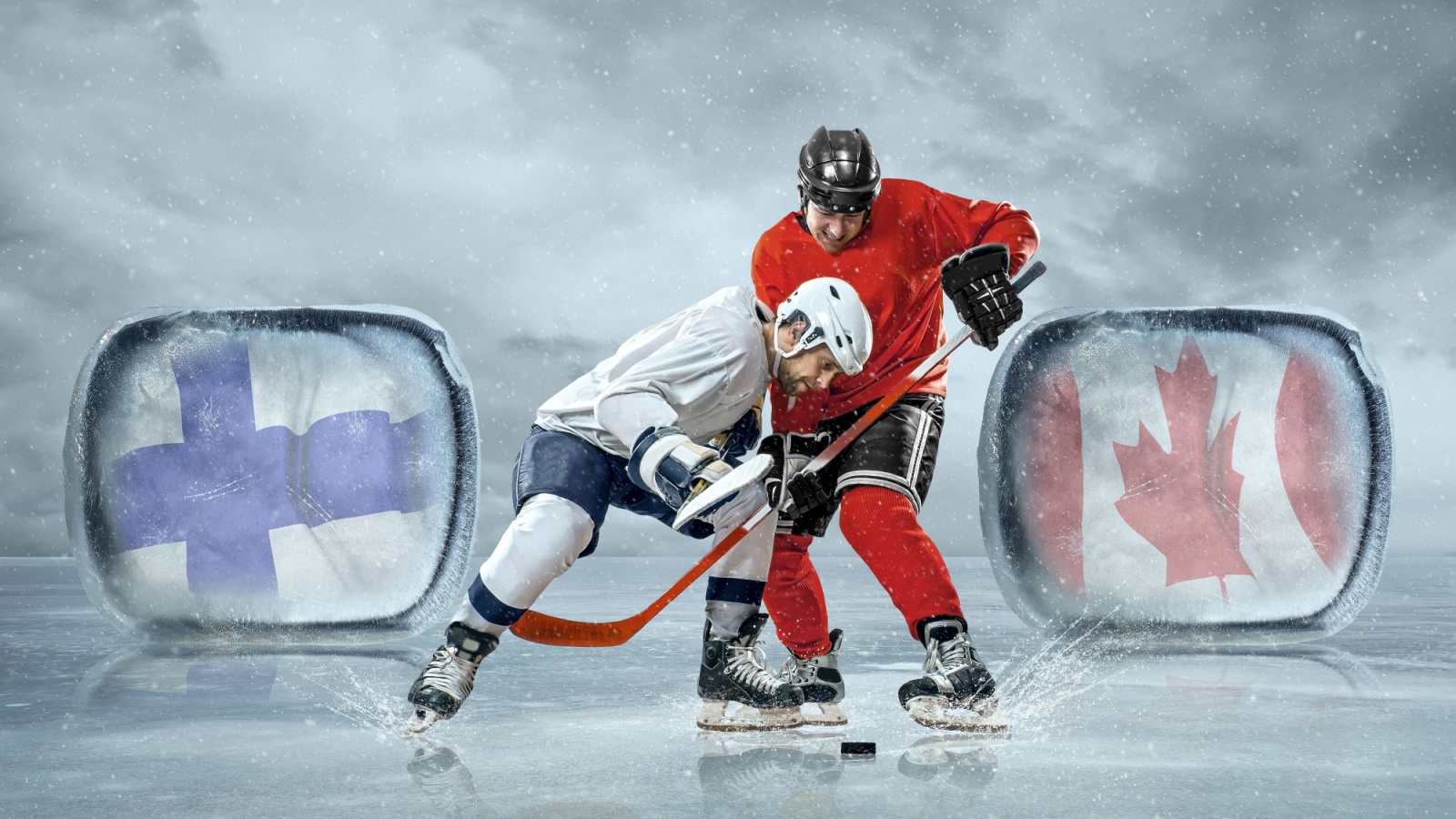
Joe Sakic’s poised, understated style was forged in the Burnaby Winter Club’s tighter surface, where precision mattered more than open-ice flair. Time and space were rare commodities, forcing Sakic to refine his release, protect the puck, and develop his calm under pressure. Coaches say he rarely raised his voice and instead let his consistency define him. The rink’s environment encouraged discipline, repetition, and efficiency — all trademarks of Sakic’s NHL legacy.
The Niedermayer Brothers’ Edgework in Cranbrook’s Compact Arena

Scott and Rob Niedermayer grew up in Cranbrook’s smaller community rink, where speed couldn’t rely on long strides. Instead, the environment demanded unmatched agility and tight-edge control. Scott’s smooth, effortless skating evolved from navigating traffic and absorbing contact in narrow corridors. Rob’s defensive awareness grew from being forced to read plays sooner than most players his age. The rink’s constraints shaped two very different styles — one fluid and offensive, the other steady and defensive — but the foundation was the same: adaptability built in a rink where space was the rarest resource.
Mark Messier’s Grit Rooted in St. Albert’s Old Community Rink

Before leading teams to championships, Mark Messier sharpened his physical style and leadership instincts in St. Albert’s small, crowded rink. Ice time was competitive, and physicality was part of every drill. The rink environment rewarded work ethic and resilience more than finesse. Messier learned early how to fight for position, win battles along the boards, and lead by example when conditions were tough. His commanding presence in the NHL — intimidating yet controlled.
Connor McDavid’s Early Acceleration in Newmarket’s Small Practice Sheets
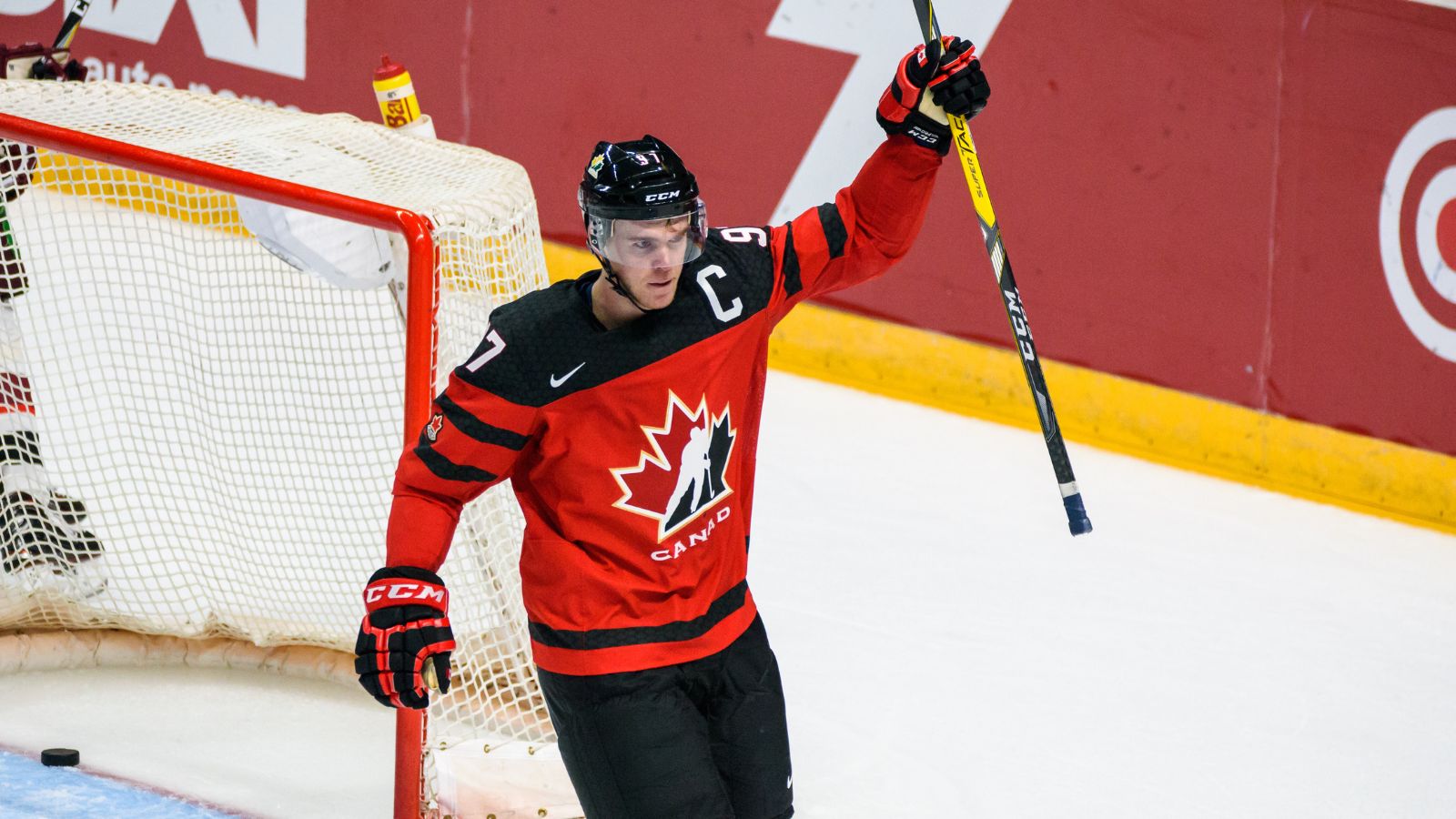
Before his skating became the sport’s benchmark, Connor McDavid trained on practice sheets in Newmarket that offered far less than a full stride. The confined spaces forced him to accelerate instantly — no runway, no wasted motion. Coaches recall how he treated every drill as a test of precision, attacking tight corners and traffic-heavy sequences to gain every competitive edge possible. Those early sessions shaped the controlled explosiveness he’s now known for. The small rink didn’t limit him; it sharpened the instincts and mechanics that later made him one of the fastest, most dynamic players ever to play the game.
The Renfrew Millionaires’ Rise from a Tiny Rink in the Early 1900s

One of hockey’s earliest professional teams emerged from Renfrew, a small Ontario town whose rink barely held a crowd. With uneven ice and tight boards, the team developed a grinding, relentless style that stood out against larger franchises. Their rise was improbable but emblematic of early Canadian hockey: community-driven, hard-fought, and built on determination rather than resources. Although the Millionaires’ professional run was short-lived, their story proved that small towns could shape teams capable of competing at the highest level.
Shannon Szabados’ Goaltending Poise from Edmonton’s Smaller Surfaces
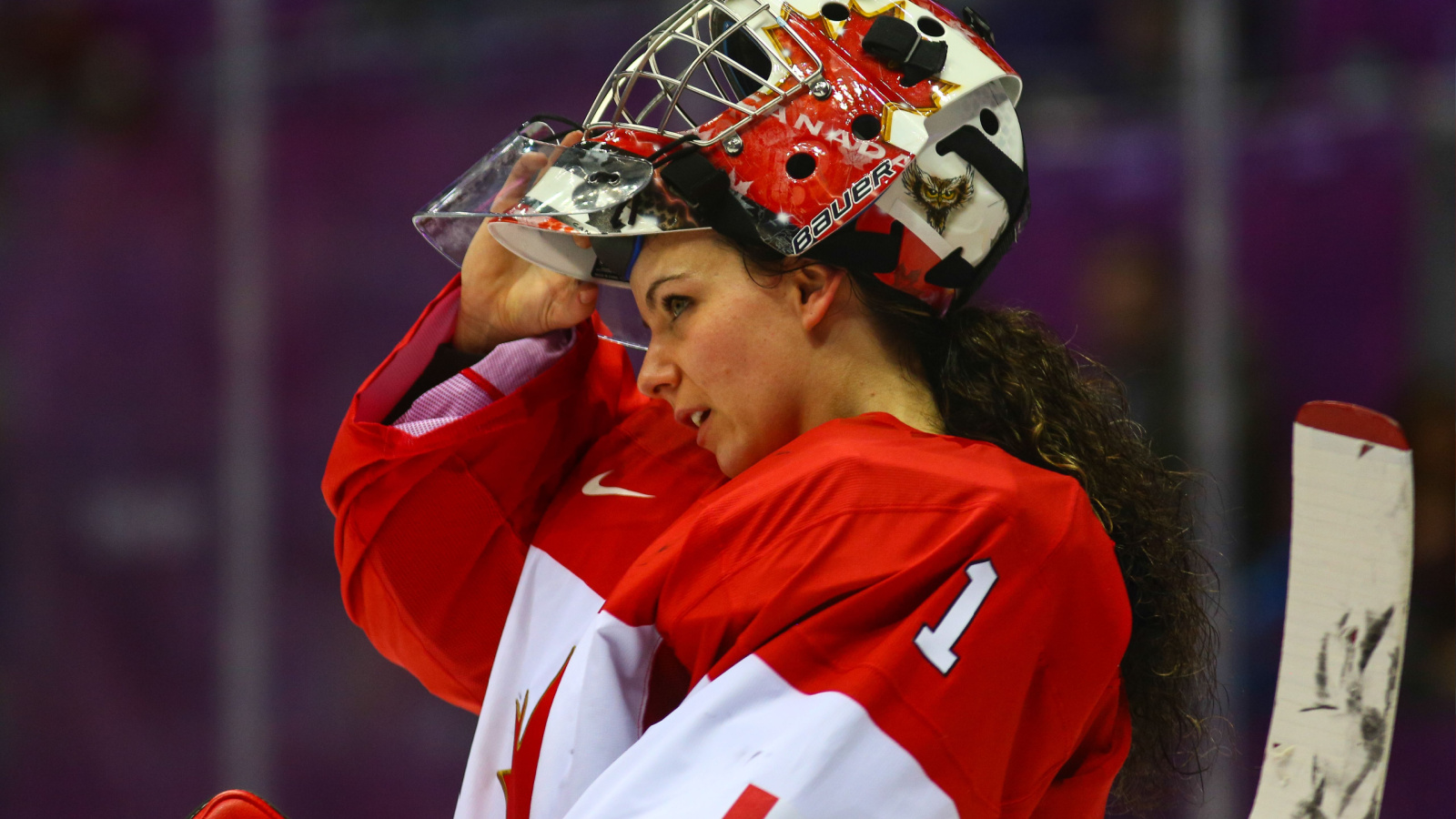
Shannon Szabados, known for her composure in high-pressure games, developed her foundation on Edmonton’s smaller community rinks. With limited crease space and unpredictable traffic in front of her, she learned to read plays earlier and stay calm during chaos. Playing frequently against boys’ teams sharpened her positioning and timing. Coaches often mention her ability to make difficult saves look routine — a skill honed through repetition in tightly packed training environments. Those traits later appeared on the world’s biggest stages, where her steadiness became a defining element in multiple Olympic and international performances.
Paul Kariya’s Precision Born in North Vancouver’s Compact Rink

Paul Kariya’s reputation for finesse and accuracy grew from hours spent on a confined North Vancouver rink where mistakes were amplified and space vanished quickly. The tighter sheet nurtured his trademark agility and allowed him to refine a skating style built on light edges and rapid directional changes. His passing and shooting both came from necessity — decisions had to be instant, and execution had to match. That precision, learned early, became the foundation of his elegance at the professional level.
Women’s National Team Scrimmages in Calgary’s Small Olympic Oval Annex
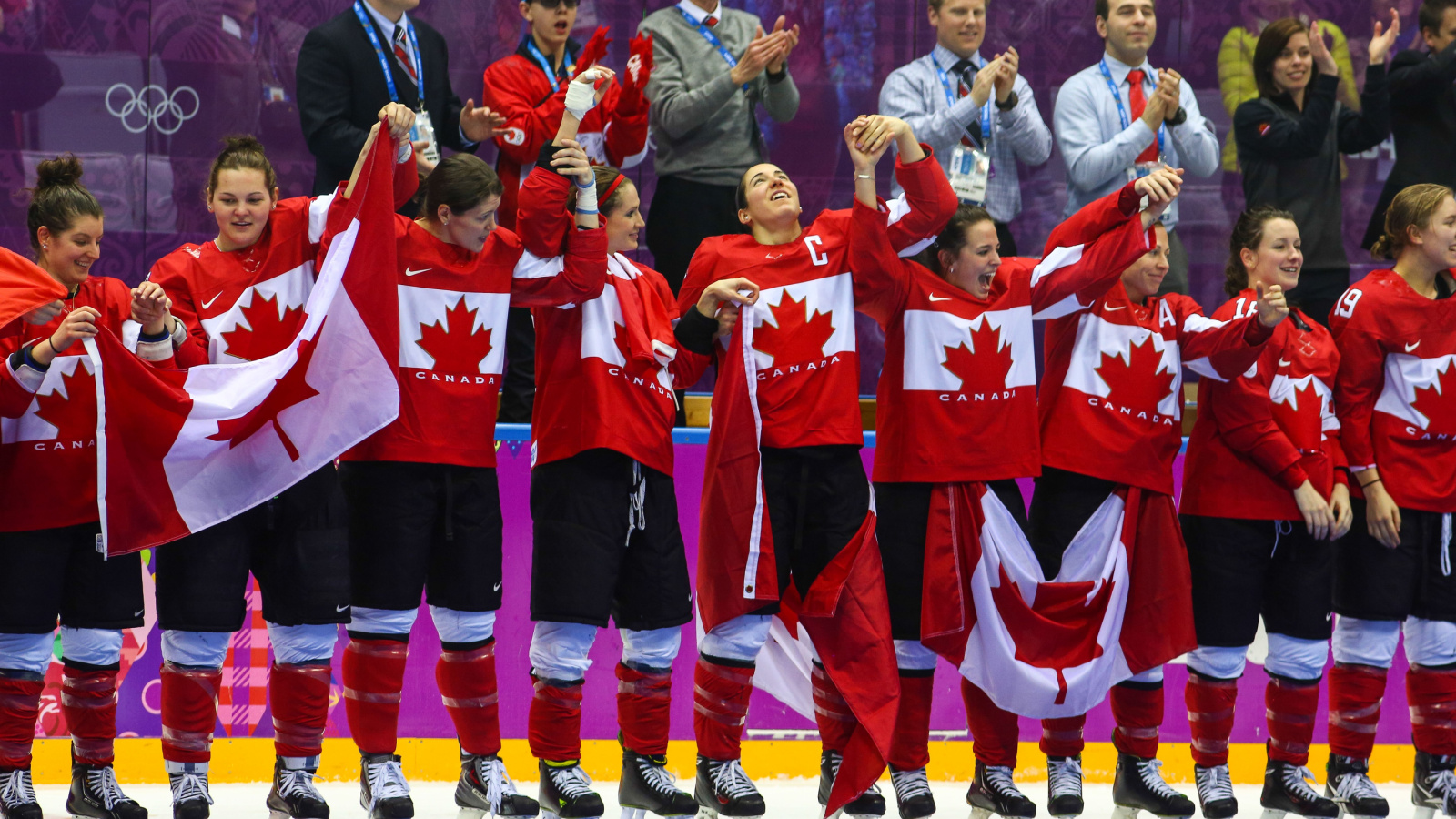
Before earning global dominance, Canada’s women’s team often trained in auxiliary facilities near the Olympic Oval in Calgary — smaller rinks that demanded high-intensity play. These practices emphasized tight-area battles, puck protection, and rapid decision-making. Coaches credit these sessions for building the team’s trademark composure under pressure. With limited ice, players had to think faster and react without hesitation, reinforcing the structure and confidence that carried them through countless medal games. Those modest training surfaces played a quiet but essential role in the team’s long-standing success on the international stage.
Jarome Iginla’s Work Ethic Built in St. Albert’s Smaller Community Arena

Before becoming one of the most respected leaders in the NHL, Jarome Iginla learned the value of persistence in St. Albert’s local rink. Ice time was competitive, and every session demanded effort. Iginla developed his board play, net-front presence, and relentless drive in an environment where physicality and accountability were ingrained early. Coaches remember him staying after practice to refine small but important details — stick positioning, puck protection, and controlled strength. Those habits shaped the dependable, hardworking player who later excelled under intense pressure at every level.
PK Subban’s Puck Confidence Started in Downsview’s Tight Ice

PK Subban’s distinctive blend of creativity and composure traces back to small ice sessions at Downsview Park in Toronto. The limited space encouraged him to handle the puck under constant pressure, weaving through traffic and testing moves without fear. This environment nurtured his boldness and ability to maintain control even when opponents crowded him. The rink’s constraints shaped the dynamic style that made him a standout player — expressive yet disciplined, confident yet purposeful.
The RBC Cup Runs from Small Prairie Rinks
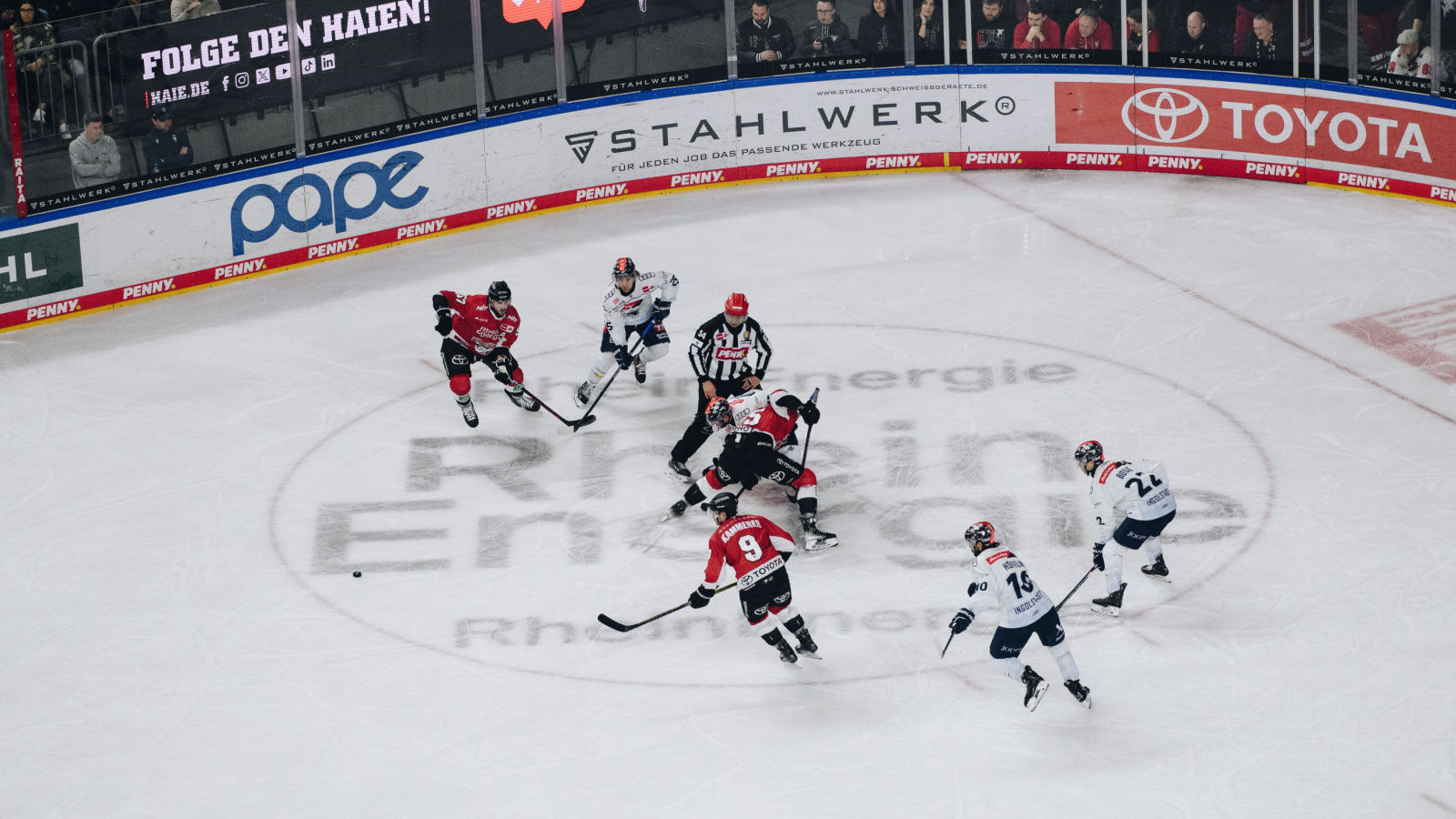
Many Junior A teams that reached or won the RBC Cup came from small Prairie rinks where community support outweighed resources. The tight confines produced gritty, structured hockey, forcing players to master positioning and decisive play. These rinks often lacked amenities, but they made up for it with intensity and deeply invested fan bases. Several championship runs began in barns where practices were shared with figure skaters, ice resurfacers ran late, and seating was limited. Those environments forged teams capable of national success through conditioning, discipline, and cohesion strengthened on small ice.
Jonathan Toews’ Leadership Traits from St. Vital’s Community Arena
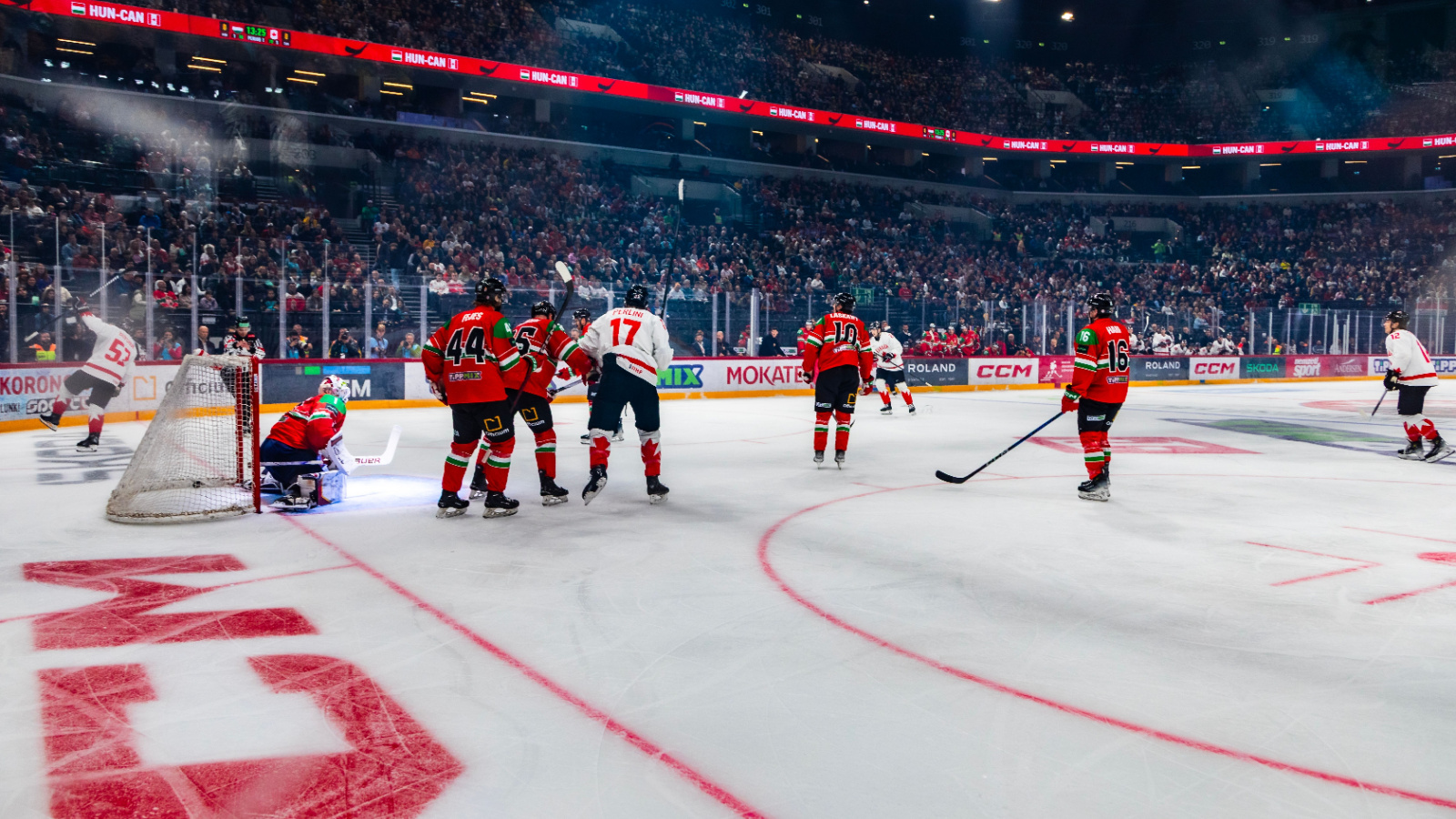
Jonathan Toews’ calm, authoritative leadership was shaped in a Winnipeg arena where expectations were high and distractions were few. Coaches describe him as focused even in childhood, using the rink’s small size to study plays, anticipate transitions, and communicate effectively with teammates. Time and space were limited, so discipline mattered more than flash. Toews learned early how to command presence through consistent effort, not volume. Those habits later defined his NHL career, where his leadership style remained grounded, steady, and precise.
Outdoor Rink Triumphs Across Small-Town Canada
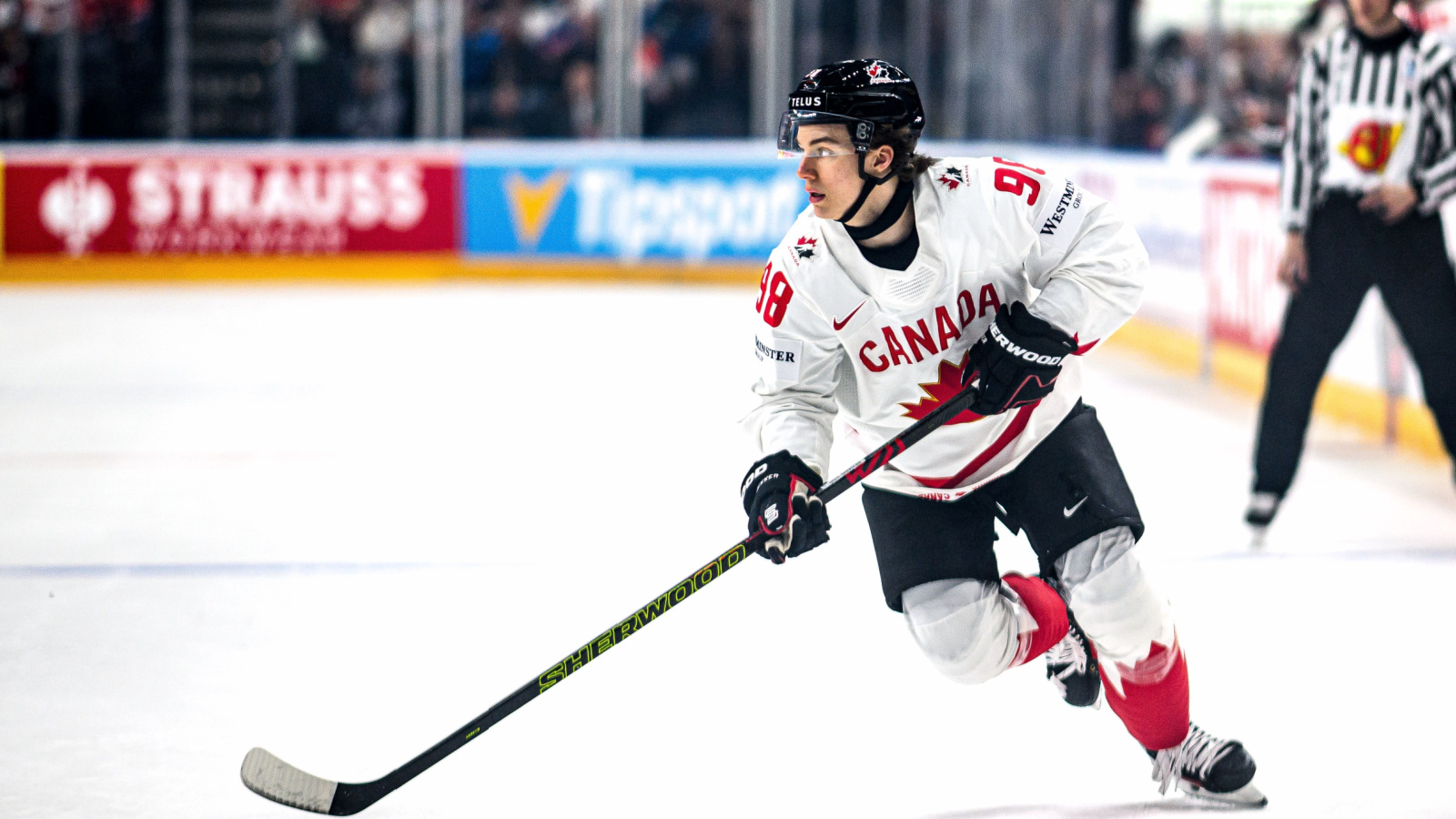
Some of the greatest hockey memories — and skill development moments — came not from arenas but from makeshift outdoor rinks in small towns. These surfaces were uneven, windy, and often dimly lit, but they required creativity, stamina, and adaptability. Countless future stars learned puck control in snowbanks, shooting against plywood, and playing games without whistles or stoppages. Outdoor rinks built instincts that structured drills never could: reading bounces, adjusting stride on rough patches, and competing without complaint.
21 Products Canadians Should Stockpile Before Tariffs Hit

If trade tensions escalate between Canada and the U.S., everyday essentials can suddenly disappear or skyrocket in price. Products like pantry basics and tech must-haves that depend on are deeply tied to cross-border supply chains and are likely to face various kinds of disruptions
21 Products Canadians Should Stockpile Before Tariffs Hit
